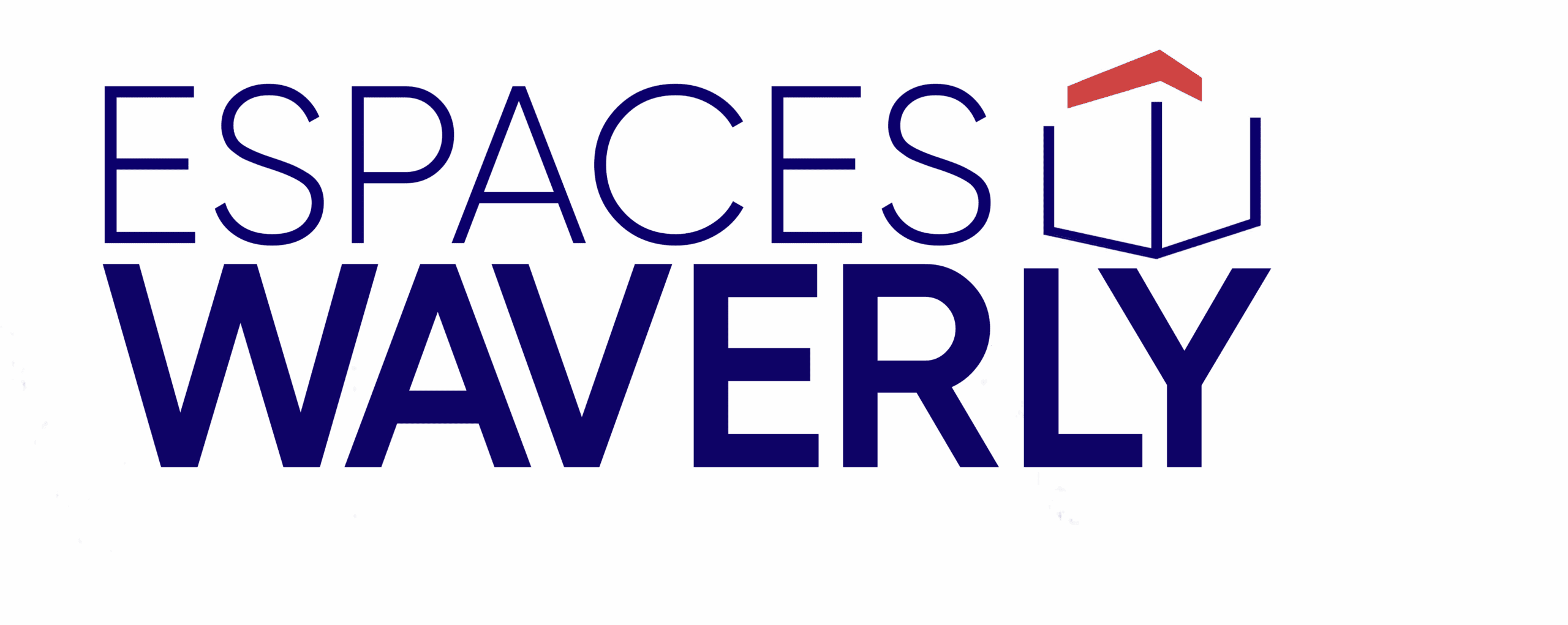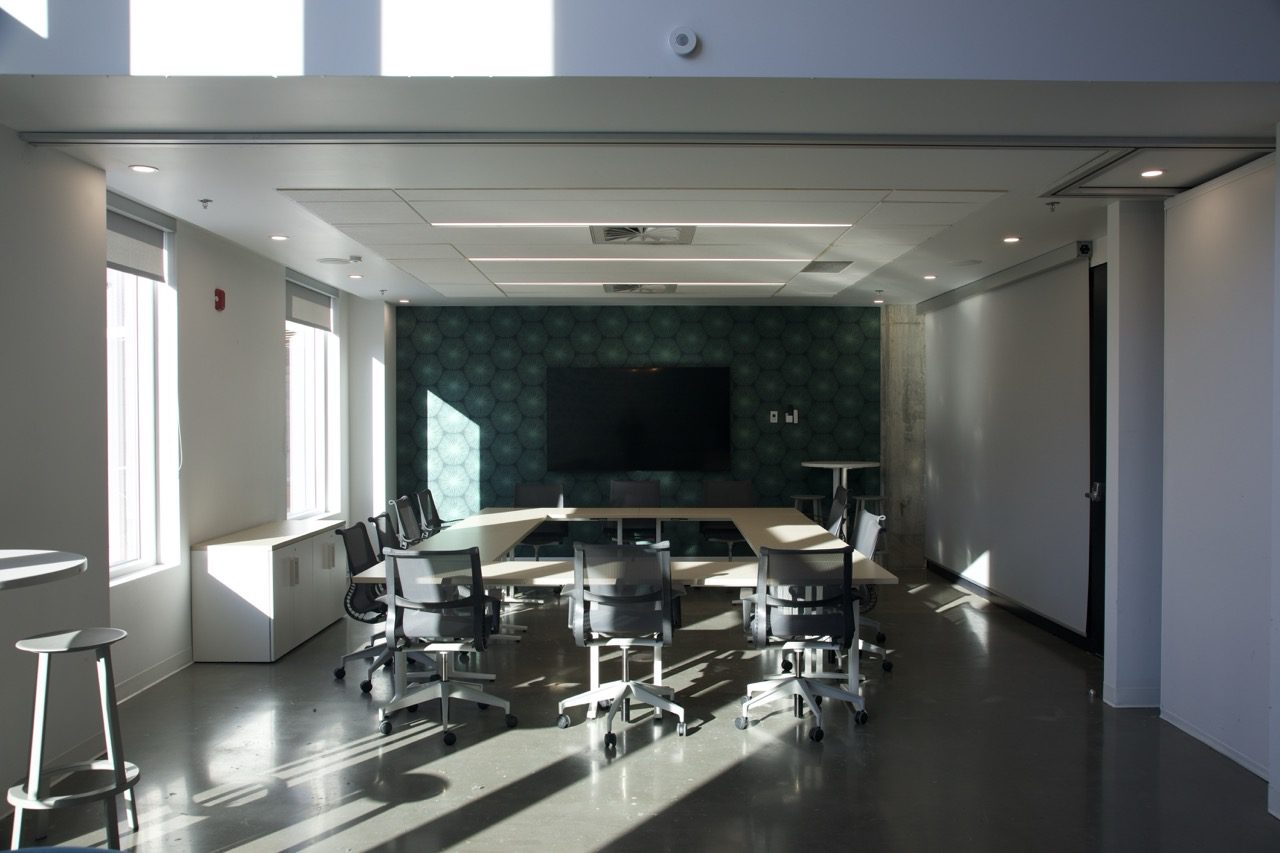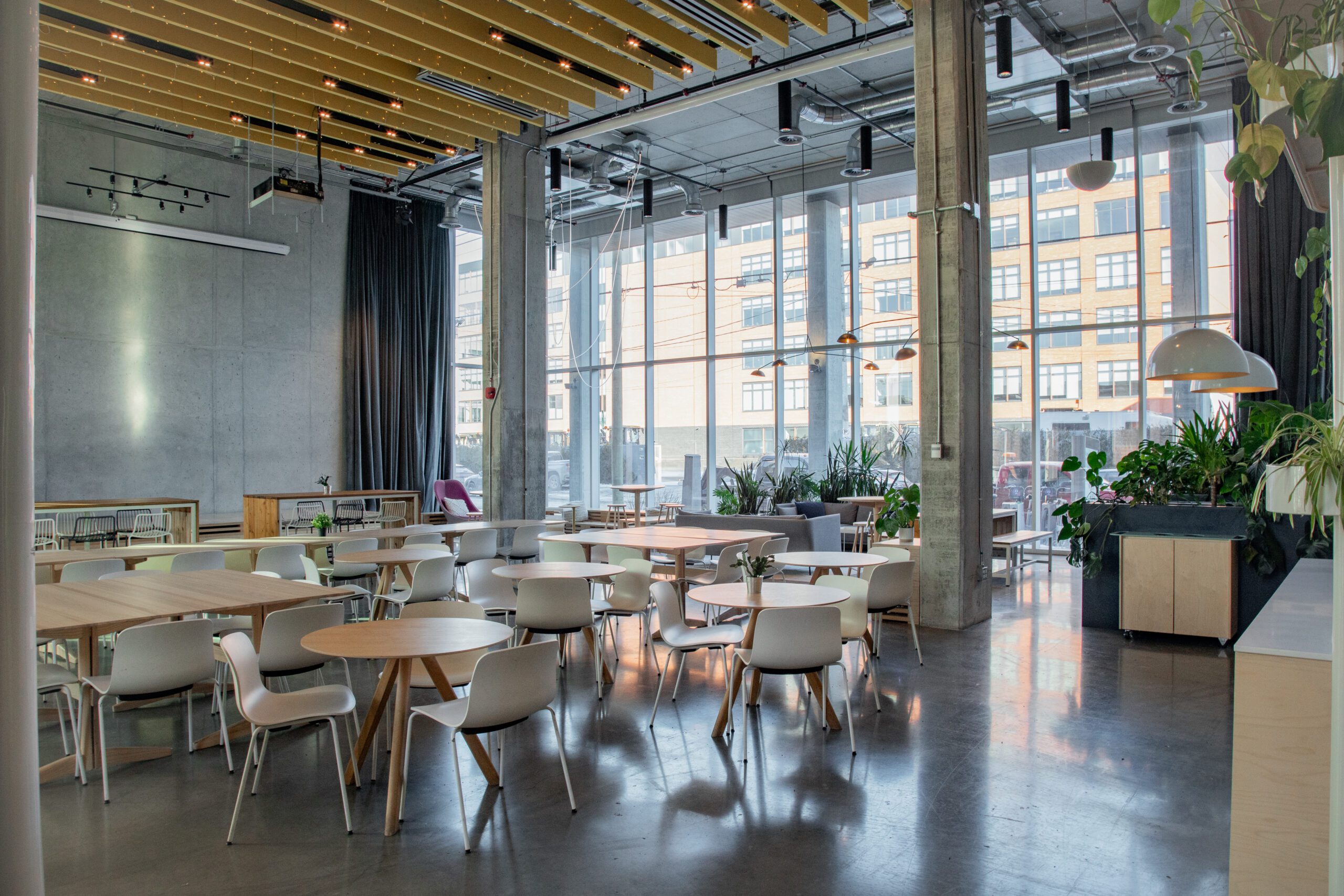There was a time when the “9 to 5” office job was the absolute norm. Companies invested in large premises, employees adapted their daily lives to fixed schedules, and no one questioned whether other models might exist. But in recent years—and even more so since the pandemic—working 100% on-site has lost its appeal.
Today, talented individuals are no longer satisfied with just a competitive salary: they are looking for flexibility, a better work-life balance, and an environment that supports their well-being. Companies that continue to impose mandatory attendance not only risk reducing their attractiveness, but also seeing their retention rates drop in the face of more open and innovative competitors.
This article explores why the full-time office model is no longer appealing, what alternatives are emerging, and how spaces like Espaces Waverly are reinventing the way we work and engage talent.
1. The transformation of employee expectations
1.1 Flexibility as the number one criterion
According to numerous recent studies, flexibility has become one of the primary criteria for choosing an employer. Being able to organize one’s workday, alternate between on-site and remote work, or adapt one’s schedule is a powerful lever for satisfaction and retention.
Working 100% in the office is often perceived as rigid, restrictive, and disconnected from modern realities. Talented individuals, especially younger generations, no longer want to sacrifice their personal balance to conform to strict schedules.
1.2 A new vision of productivity
Productivity is no longer measured solely by time spent at the office, but by results. Employees want to demonstrate their value through what they accomplish, not by their physical presence. A strictly in-person model can be seen as a lack of trust on the part of employers, which undermines motivation.
2. The limits of 100% face-to-face learning
2.1 The hidden cost of travel
In large cities such as Montreal, spending 1 to 2 hours a day on public transportation is no longer acceptable for many people. These commutes represent a waste of time, increased fatigue, and a significant environmental impact.
2.2 An obstacle to work-life balance
The 100% office model leaves little room for balancing work with family life, leisure, or mental health. The result is increased stress, decreased engagement, and ultimately, a higher risk of staff turnover.
2.3 The “counter-current” effect
With most companies now adopting hybrid policies, requiring constant presence may seem backward. This directly damages the employer brand and makes it more difficult to attract new talent.
3. The hybrid: a winning combination
3.1 The best of both worlds
The hybrid model combines the advantages of the office (collaboration, corporate culture, informal exchanges) with those of teleworking (concentration, flexibility, autonomy).
3.2 Attracting talent through freedom of choice
Offering the option to choose which days to work is a key factor in attracting talent. Talented individuals perceive this autonomy as a sign of respect and trust, which encourages their commitment.
3.3 Reduction in staff turnover
Retention comes through satisfaction. When employees feel that their company takes their needs into account, they are much more likely to stay.
4. Workspaces as catalysts for retention
This is where places like Espaces Waverly come in. More than just an office, they offer a new vision of work: flexible, inspiring, and adapted to today’s realities.
4.1 An environment that makes you want to come
If you want employees to enjoy their days at the office, you need to offer them more than just a traditional workspace. At Espaces Waverly, the focus is on design, lighting, modular spaces, and a friendly atmosphere.
4.2 Services that enrich the employee experience
Modular spaces, event rooms, outdoor areas, relaxation or sports areas: these facilities transform the working day into a balanced and enjoyable experience.
4.3 Fostering collaboration and creativity
Modern offices are no longer just places to concentrate, but spaces to connect teams, stimulate ideas, and strengthen corporate culture.
5. Attracting and retaining talent: a strategic challenge
5.1 The war for talent
In many industries, finding and retaining the right talent is a major challenge. Companies that insist on a 100% return to the office risk losing talent to more flexible competitors.
5.2 A question of employer branding
Today, candidates do a lot of research before applying. Overly rigid policies can tarnish an organization’s image and limit its appeal.
5.3 Investing in well-being as a competitive advantage
By providing high-quality spaces such as those at Espaces Waverly, companies are sending a clear message: they care about the employee experience and seek to create a sustainably motivating environment.
6. The future of work is flexible and experiential
6.1 The end of the single model
Every team, every company, and every employee has different needs. The future of work will be marked by the personalization of professional experiences.
6.2 Offices as venues for meetings and events
The office will no longer be a place where you “have to” be, but a space where you “want” to be in order to collaborate, celebrate, and innovate. With its event areas and versatility, Espaces Waverly fits perfectly into this trend.
6.3 A driver of innovation and engagement
By adopting a flexible, human-centered approach, companies are transforming their spaces into drivers of innovation, engagement, and loyalty.
Conclusion: rethinking attractiveness through the workspace
Working 100% in the office no longer attracts talent. Expectations have changed: flexibility, autonomy, balance, well-being. Companies that cling to the old model risk losing their best people.
Conversely, those that adopt hybrid approaches and invest in inspiring environments such as Espaces Waverly succeed in attracting, engaging, and retaining their teams.
More than just a trend, this is a lasting transformation of the professional world. Organizations that can offer this new work experience—both flexible and rewarding—will stand out in the war for talent and build teams ready to take on tomorrow’s challenges.


